Decir la hora - Grupo 3

Instrucciones
Read the information below carefully several times and try to remember the key points.
Click on a chapter to view the information.
Tip: read the information out loud (but in such a way that you do not disturb others).
1. Decir la hora
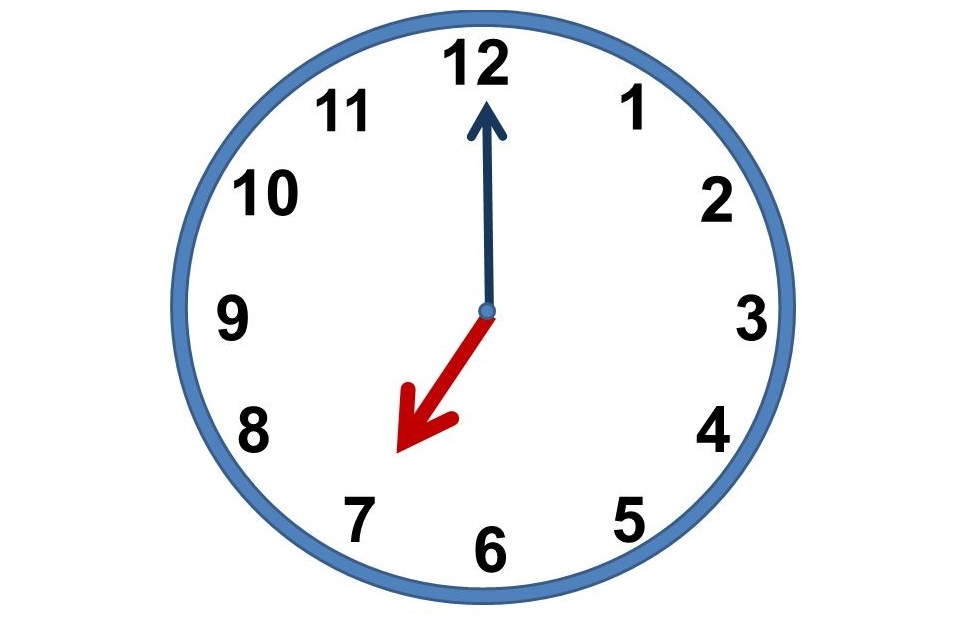
¿Qué hora es?
¡Son las siete!
Hora de levantarse.
Desayuna, dúchate, cepíllate los dientes e ir a la escuela.
Todos los días hay eventos, como levantarse, desayunar, ducharse, cepillarse los dientes e ir a la escuela.
Todos los días tienes que hacer tareas a una hora determinada.
Todos los días te encuentras con gente a una hora determinada.
Todas las semanas harás limpieza en casa.
Todos los meses tendrás una fiesta en algún lugar.
Para no llegar demasiado tarde, necesitas aprenderte la hora.
A la gente le gusta mucho que seas puntual.
Decir la hora es entender la esfera del reloj y saber qué hora es.
Easy Difficult Incomprehensible
2. Reloj
A clock is a device used to tell time.
Moving hands on the face of a clock point to the current hour, minute, and second.
A clock can be big enough to be in a giant tower, like Big Ben in London

Big Ben is the most famous clock of the world.
Click on the picture to hear Big Ben.
A clock can also be small enough to fit on a person's wrist, like a wrist watch or simply, a watch.
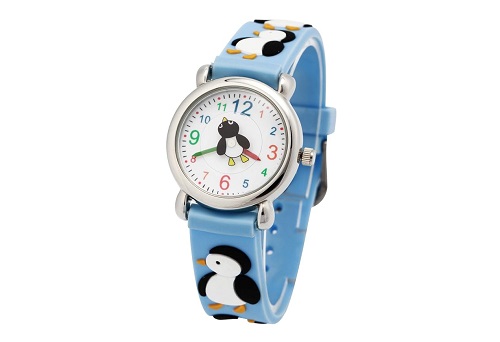
Do you see what animal is shown on the watch?
A clock can be analog, with hands.
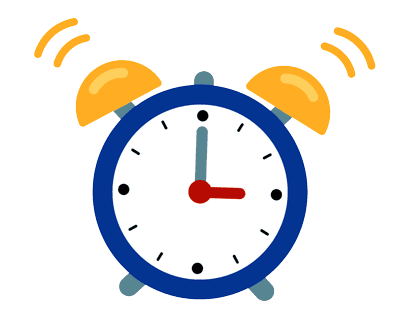
A clock can be digital, with numbers.

Today, a clock can be even on your phone:

Easy Difficult Incomprehensible
3. Esfera del reloj
A clock has a face. On that face you see the numbers of 12 hours positioned in a circle.
-> 1 hour is divided into 60 minutes.
-> 1 minute is divided into 60 seconds.
Note: The ancient Egyptians and Babylonians decided on this thousands of years ago.
Between the hour numbers you see tiny markings, being the minutes of the hour.
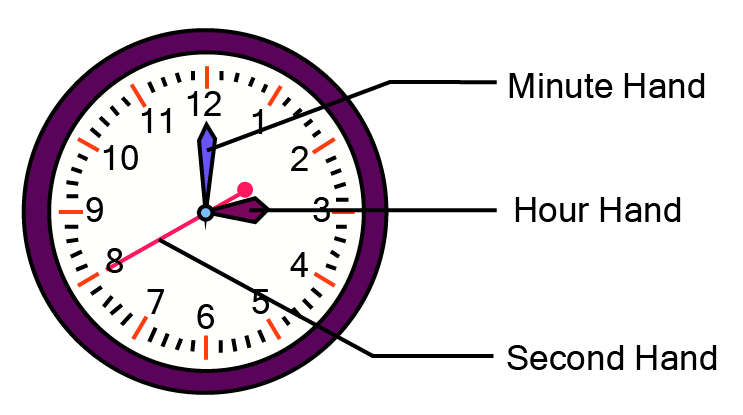
You see on the clock face 48 tiny markings for the seconds, between 12 large markings for the hours.
You see three hands on the clock face:
- The big hand, or hour hand, to tell the hour
- The small hand, or minute hand, to tell the minutes to the hour
- The second hand to tell the seconds to the minute
Easy Difficult Incomprehensible
4. Manecillas de reloj giratorias
The clocks hands are constantly in motion.
When 1 second has passed, the second hand moves 1 position.
When 1 minute has passed, the minute hand moves 1 position.
When 1 hour has passed, the hour hand moves 1 position.
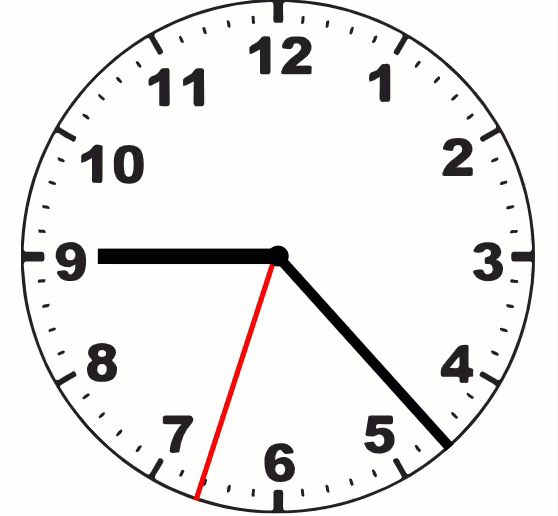
Here you see the second hand moving in the picture.
Did you know that it is estimated in the world there are 5 billion clocks.
Can you imagine that? 5 billion clocks!
All ticking 60 times per minute.
Easy Difficult Incomprehensible
5. Frases para decir la hora
When you look at the clock, you see a time.
We have agreed upon certain phrases to tell the time you see.
For instance:
- If the big hand and small hand are on the 12, we say: it's 12 o'clock.
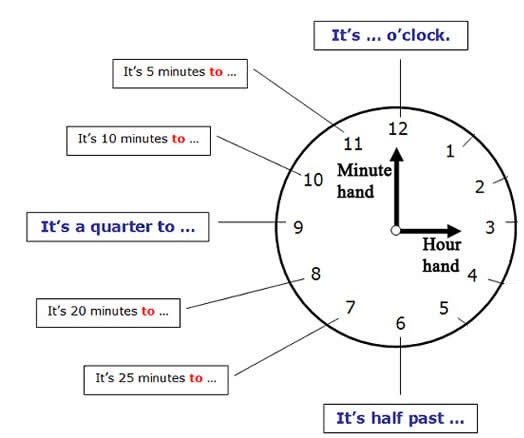
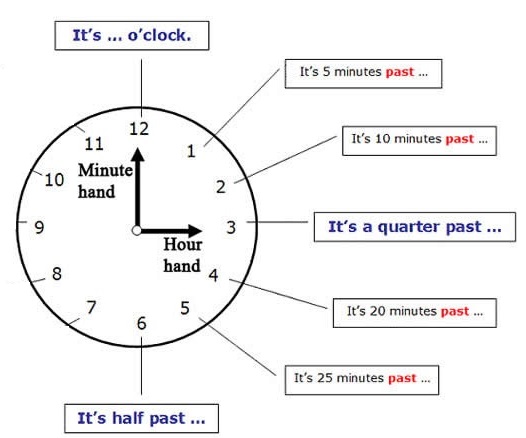
Now follow some examples of times.

We say: it's 1 o'clock.
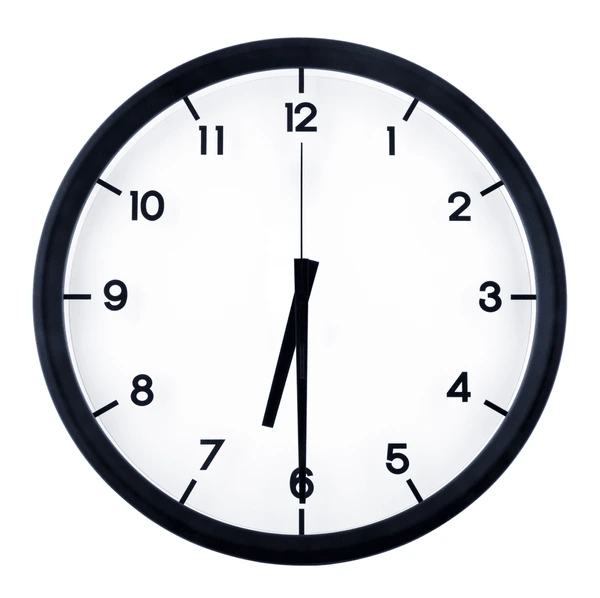
We say: it's half past six.
Or we say: it's six thirty (6:30).
Easy Difficult Incomprehensible
6. Tiempos fáciles
In this section we show three easy times.
Try to memorize them all.
Look at the picture. Say the time out loud and then press on the button.
It's ...three o'clock
It's ...six o'clock
It's ...nine o'clock
7. Tiempos promedio
In this section we show you 4 times with average difficulty.
Try to memorize them all.
Look at the picture. Say the time out loud and then press on the button.
It's ...a quarter past 2
It's ...a quarter past 4
It's ...a quarter to eight
It's ...a quarter to ten
8. Tiempos difíciles
In this section we show you 6 hard to tell times.
Try to memorize them all.
Look at the picture. Say the time out loud and then press on the button.
It's ...twenty minutes to ten
It's ...twentyfive minutes past three
It's ...five minutes past two
It's ...ten minutes to seven
It's ...five minutes to five
It's ...twentyfive minutes past eleven
9. El inventor del reloj
In 1656, the Dutch scientist Christiaan Huygens constructed the first timekeeping device using a pendulum.
This invention led to the development of more precise clocks and became the basis for modern pendulum clocks.
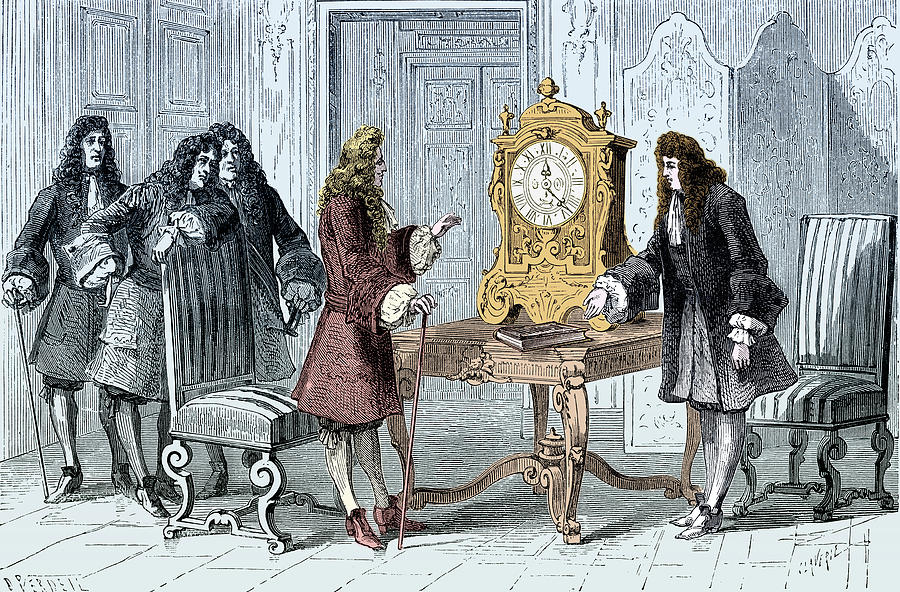
Below you see the principle of the pendulum in motion.
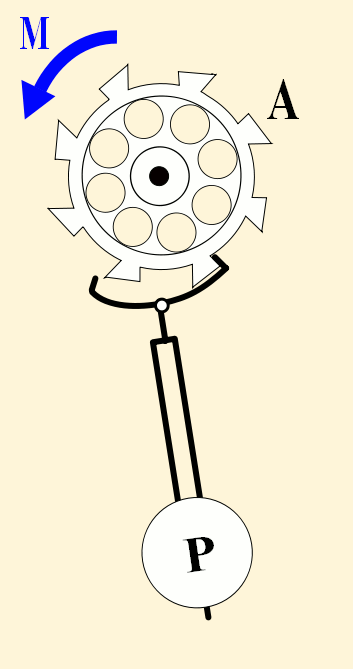
10. Reloj de sol
The sundial is the earliest type of timekeeping device of humankind.
It indicates the time of day by the position of the shadow of some object exposed to the sun's rays.
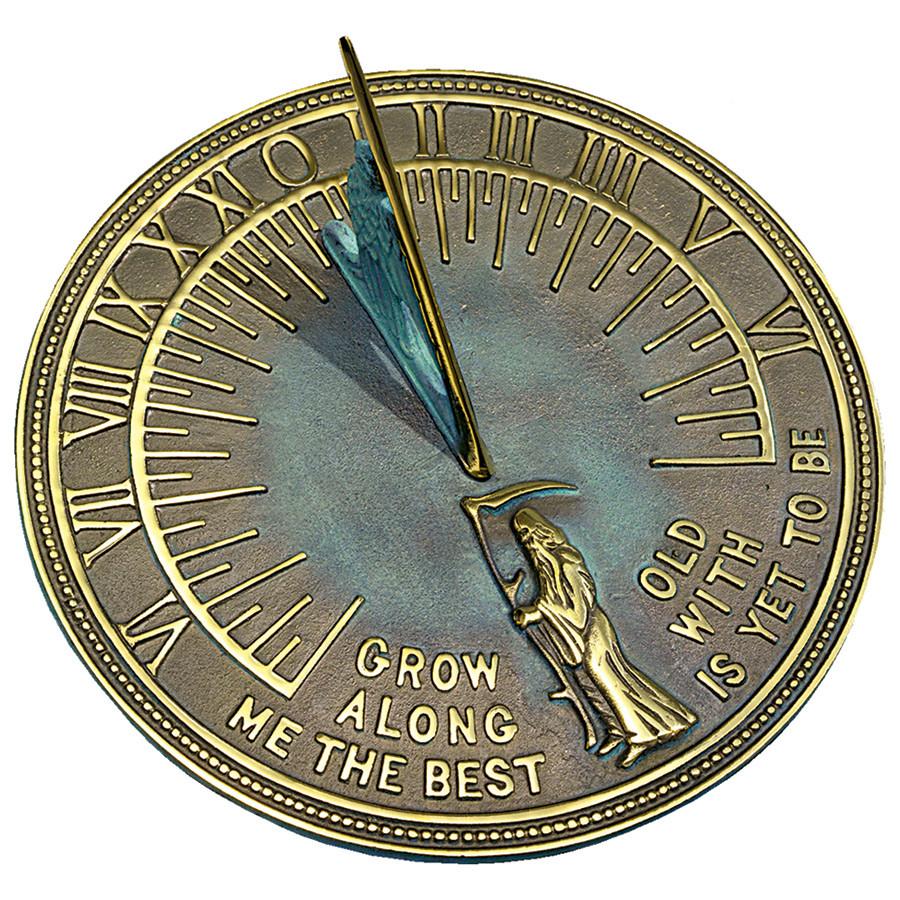
The oldest known sundial was made in Egypt in 1500 BCE from the time of Pharao Thutmose III.
The sundial was found in the Valley of Kings.
It is a shadow clock made from green schist, a type of metamorphic rock.
This bronze sundial has a unique shape and an inscription on the back side; “Count that day lost whose low descending sun views from thy hand no noble action done.”
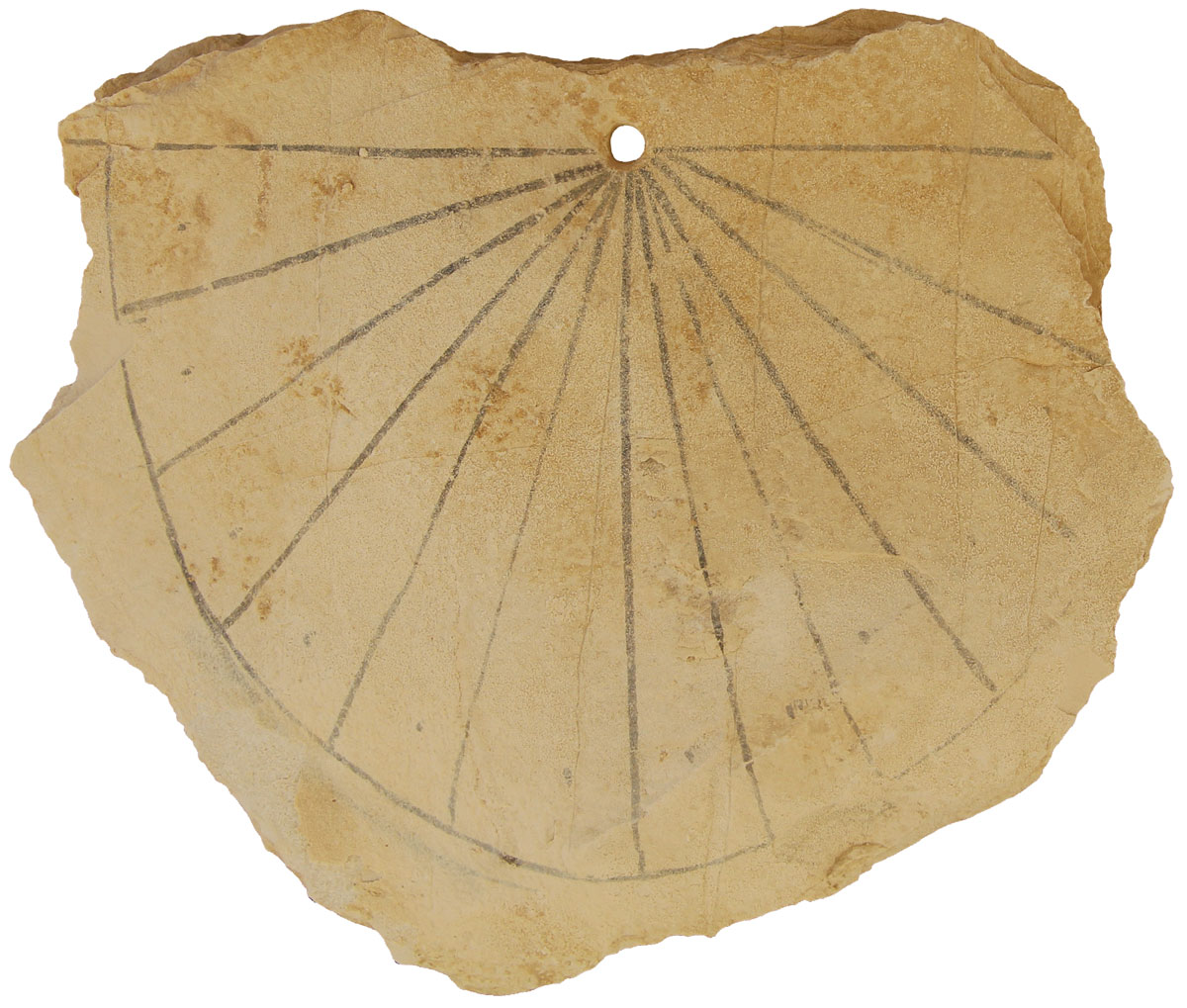
Puntos clave
Key points to remember are:
- 1 hour has 60 minutes
- 1 minute has 60 seconds
- A clock has a face
- A clock face has three hands: big hand, small hand, and the seconds hand
- Big Ben in London is the most famous clock in the world
- A time with a whole hour, is called: o' clock
- A time with an hour and 30 minutes, is called: It's half past...
- In 1656, Dutchman Christiaan Huygens invented the pendulum
- 1500 BCE, the sundial was invested by the ancient Egyptians
Next step
Once you have gone through the above information a few times, start doing the exercises that go with it.
Practice